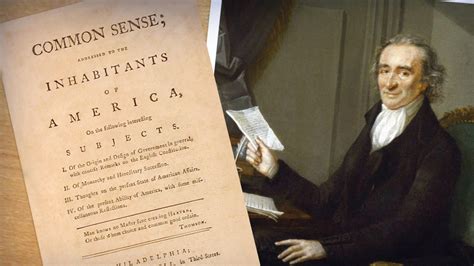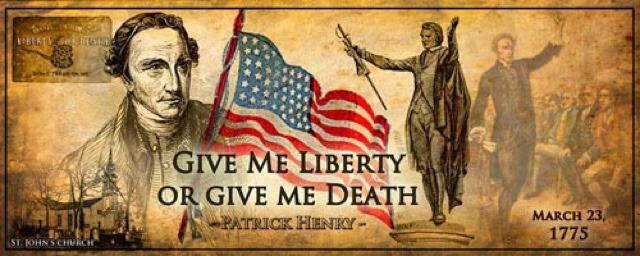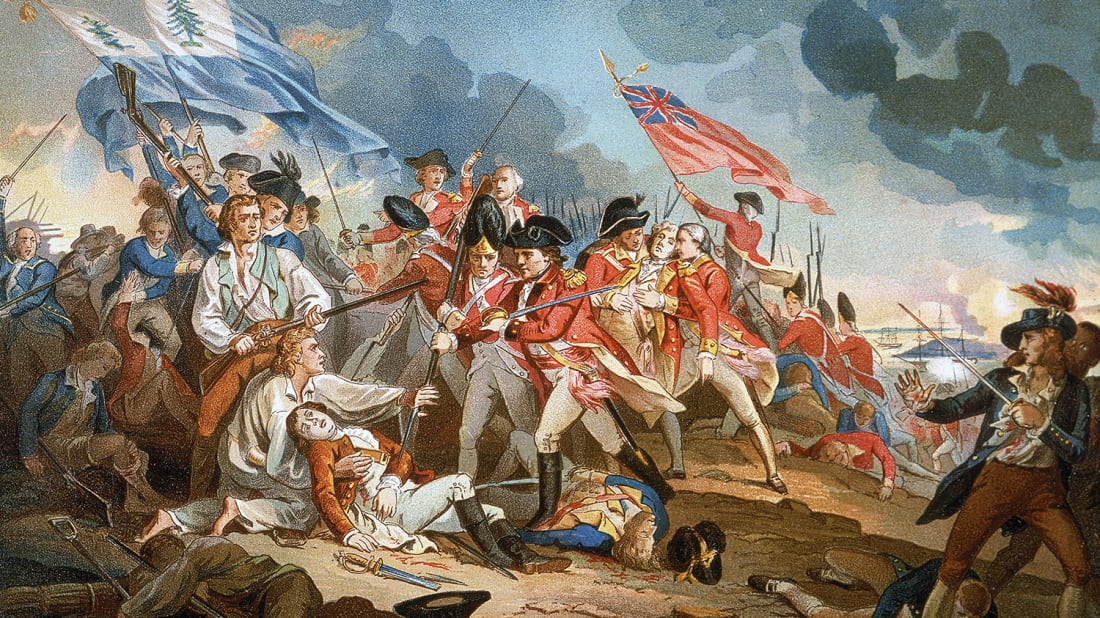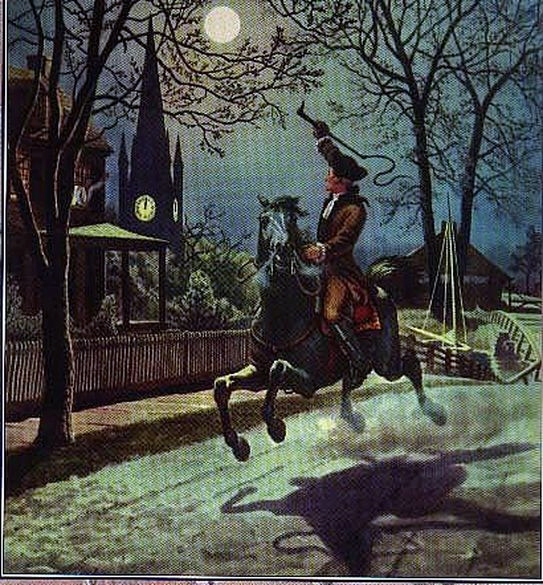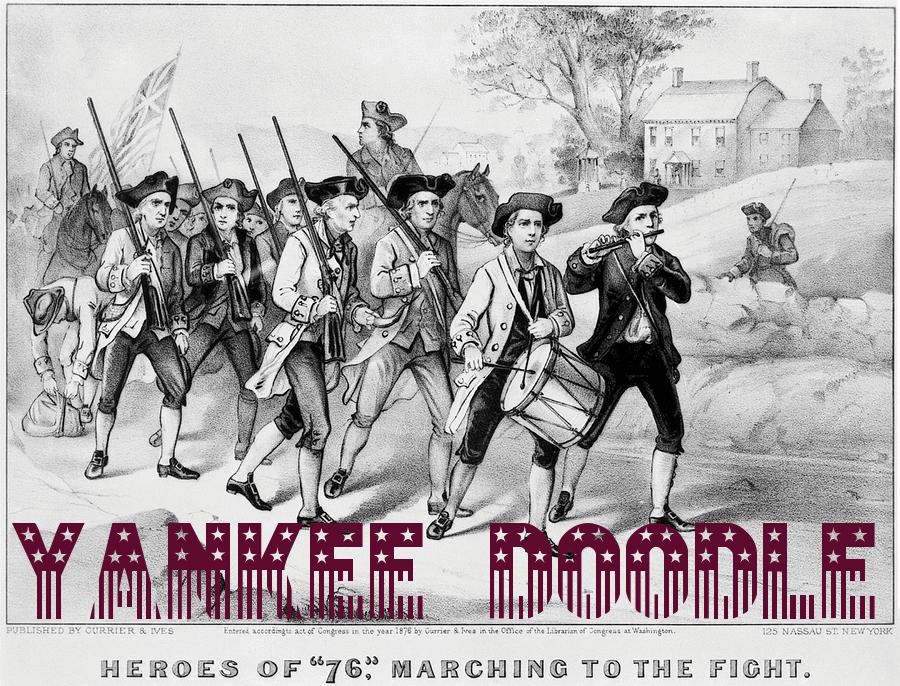Today in History: January 10, 1776 – Thomas Paine Publishes Common Sense
245 years ago today, Thomas Paine published his 47-page pamphlet, Common Sense, advocating the independence from Great Britain as not only achievable but inevitable. Descent… Read More »Today in History: January 10, 1776 – Thomas Paine Publishes Common Sense
